Coming from a collector family, former Apply executive Jeffrey N. Dauber has been immersed in art since his childhood. He started collecting in the 1980s and shares his extensive collection with people at his home in San Francisco, which is specially designed to house artworks. He told us why public arts education is of utmost importance and why technology will win over art…
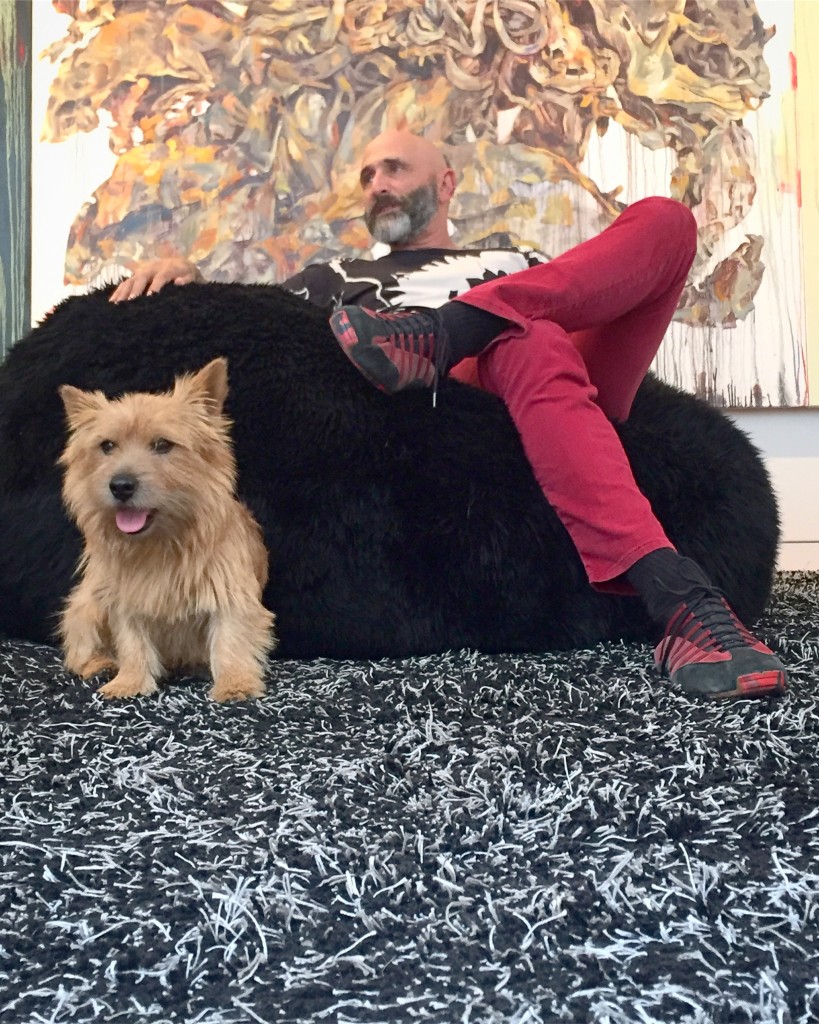
Collecting
What made you want to start collecting art?
I come from a family of collectors. Though my collection is the largest, my parents and both of my siblings collect art too. We have just always done it. As soon as I had the spare income to do it, I started.
What is the main motivation behind your collecting?
I love unique objects. Rather than documenting my life with photographs or souvenirs, I have documented my life with objects that I have acquired along the way. The most natural objects to do this with are artworks. Since I have selected all of the works in my collection, the works say a great deal about me and my interests at the time of acquisition.
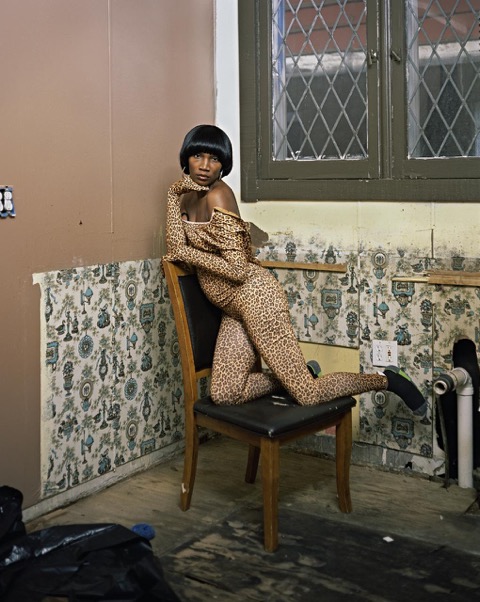
What is your focus regarding the artists in your collection? Are you more interested in emerging or renowned artists?
I buy works that cause an emotional reaction in me. Without this, I do not purchase the works. I respond to works that make strong statements about the world and the culture of today. The state of the artists’ career is only of secondary consideration. I purchase works by both emerging and renowned artists. It is really all about the artwork itself.
Is there any particular type of art that has consistently attracted you? Or anything that unites all the works you have acquired?
For the last two decades, I have been attracted to work that is viscerally upsetting in a political or cultural sense. Work that forces me (and the viewer) to confront the world in which we live and react to it differently. Many people find the works in my collection too challenging for home, whereas I believe the harsh visceral nature of it makes it all the more personal. Issues of race, culture, religion, environmental damages and poverty tend to dominate the works.

What is the first artwork you purchased? How many artworks do you own?
The first piece I purchased was an untitled photo by Nina Glaser. I own approximately 325 works (depending on how you count multi-piece works).
Where do you display your collection? How is your home specially designed by Thom Faulders to accommodate your collection?
The collection is on display in two homes, one that is my residence and the other which just contains art (no furniture). My home was designed for displaying art, so it has a very flexible lighting system that can be reconfigured for different hanging. In addition, all the walls have 5/8” plywood behind them to ease in hanging. Most internal walls have been removed to create large walls and large viewing spaces. In addition, on upper floors, removable windows and landing sites have been added for objects to be craned in.
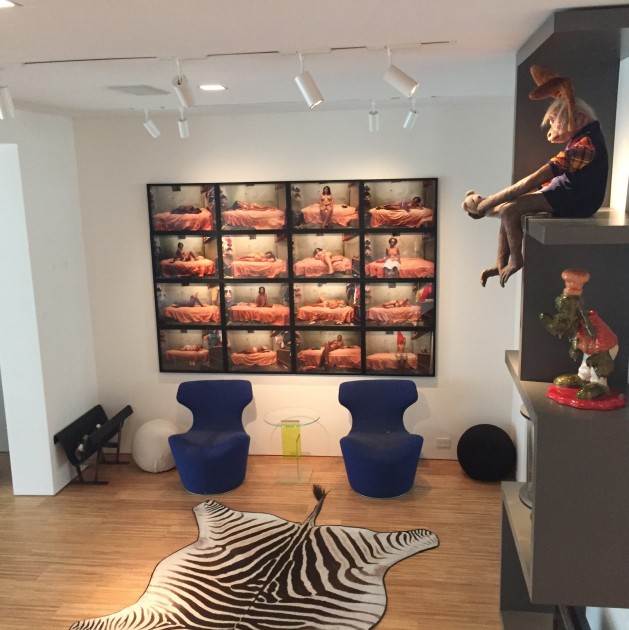
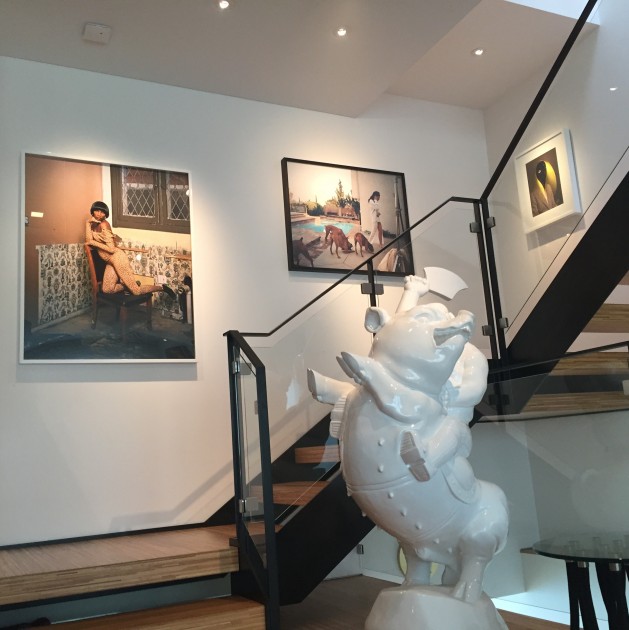
Chen Wenling (Sculpture). Courtesy of Jeffrey N. Dauber.
What considerations guide you to make a purchase?
I have to love the work. Usually, this involves a visceral reaction upon first viewing – that is the only consideration.
Have you ever bough art online or through social media?
I have purchased works when all I have seen were images provided by the gallery. That is as close to online or social media as I have done.
How important is it for you to meet the artists who created the artwork?
It is a nice bonus to meet the artist, but it is no more than that. For me, it is the artwork that is critical.
You once said, “if somebody does not pick out their own art, they’re not an art collector.” What is your advice to new collectors who are not sure how to pick out their own art?
Go out and see art. Go to museums, go to galleries, and go to art fairs. If you see something that you love, find out if you can afford it. If you are in a museum and see works you love, Google them and find out who sells them. Then, contact the gallery and find out what is available. If you cannot afford it, no harm done. If you love it, buy it. In time, you will learn to recognize your own tastes. If you are trying to build a collection that you love, then loving the work should be the only criteria. If someone says “you should buy this” but you don’t like it, don’t buy it. An art collection can be a really personal thing if you buy to reflect your own taste.
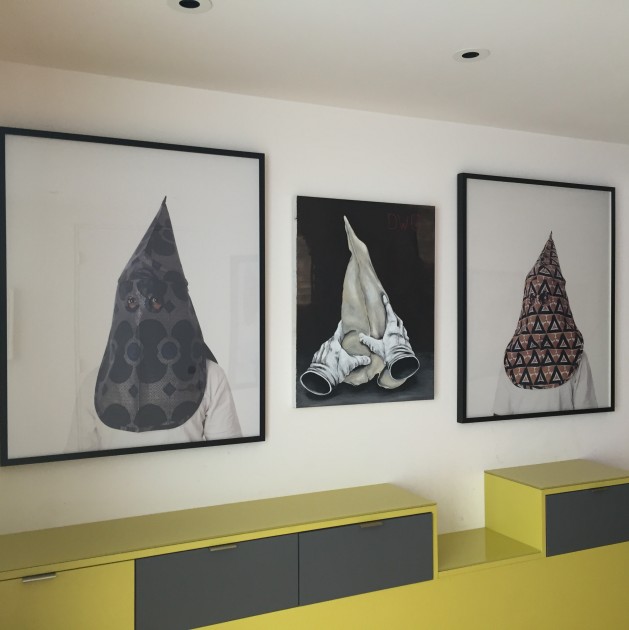
The Art World That Doesn’t Mean Much
What was your happiest moment being involved in art?
When I first started collecting, I became enchanted by the work of an emerging artist, Travis Somerville. I purchased my first large-scale work from his gallerist. It turned out to be the first large-scale work he had sold. Over the years, we have become very close. When he had his first solo museum show, I could not have been happier. We have grown up together in the art world, and watching an artist that I am passionate about become successful was wonderful.
Who inspires you the most in the art world?
Eli Broad. He has built up a very personal and exciting art collection in California. He has ignored the advice of all the experts on how to build a collection. He built a fantastic museum to share his collection with the world. What more can you hope for?
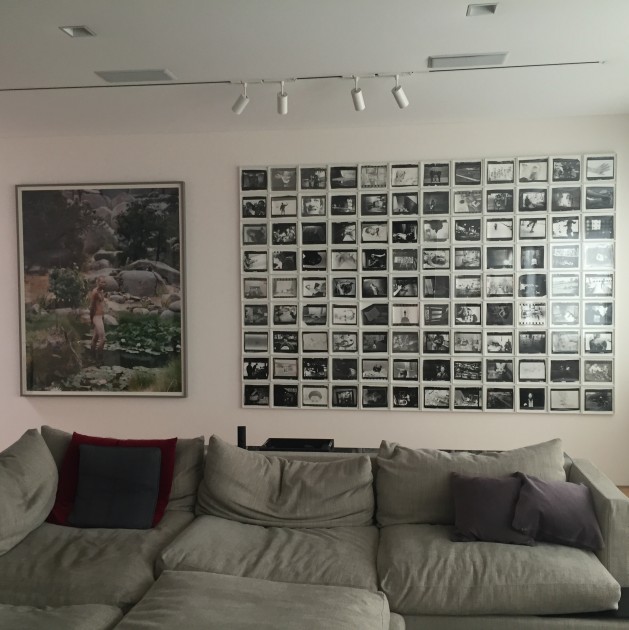
Can you name three emerging artists who should be on our radar?
Deana Lawson, Alec Soth, and Maurizio Anzeri.
What are you especially excited about in regard to art in the next 12 months?
The next great artwork that I will see. Beyond the works, the art world does not mean much to me.
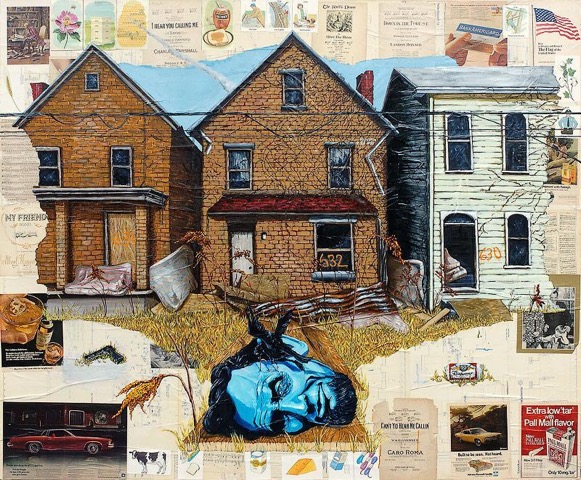
Arts Education and Technology
You once said that if you had Bill Gates’ money, you would fund arts education in public schools. Why do you think it is important to boost arts education?
Art is one of the few ways left that can inspire thoughts and dialogues. The 24-hour news cycle is crushing our ability to have dialogues. I think that having discussions about critical issues is important and I think that art can bring unique perspectives to civic discussions. In addition, whether it is performing art or visual art, art enriches our world. Unfortunately, art has been eliminated from the public curriculum for “budgetary” reasons. The result is only very few can have access to arts, and as a result, learn to love art. Without any exposure to arts when you are young, it is very difficult to come to it later.
You have been trying to convert some colleagues into collectors. What are the biggest challenges and how do you do that?
People either respond to art or they do not. When people have no response, I do not try to convert them into collectors. The only ones who can be influenced to collect are those who respond to artworks. I look for that response and then I gently coax them into collecting. If it isn’t there, I don’t try. This is one of the reasons that I think that teaching children about art is important. They are more open to these experiences and the love for art developed in childhood lasts a lifetime.
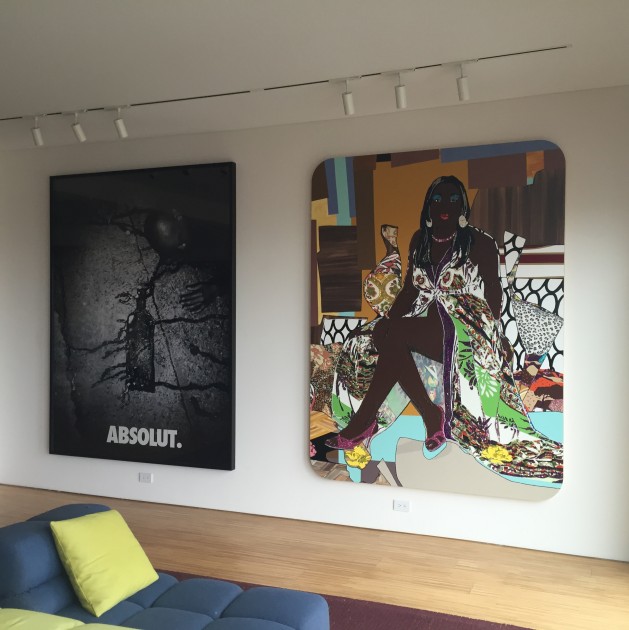
Is it technology or art that is going to rule the world? How would you imagine the power of both together?
Technology is going to win. It provides something concrete to the user, whether they need it or not. It is easy; art is not so easy. Society draws people to the easiest path and that is not the path of art. The closest that you can see with art and technology together is in the realm of design, which is an applied art, and making technological objects beautiful is a great thing. It does not eliminate the need for art as an intellectual exercise, however.
As you now advise startups for a living, what is your advice to all the various start-ups in the art world today?
Make sure you are developing products and services that the art community will love. Do not target the others. If your product is great, they will come along for the ride. Utility for the art world is what will keep you afloat while they discover you.
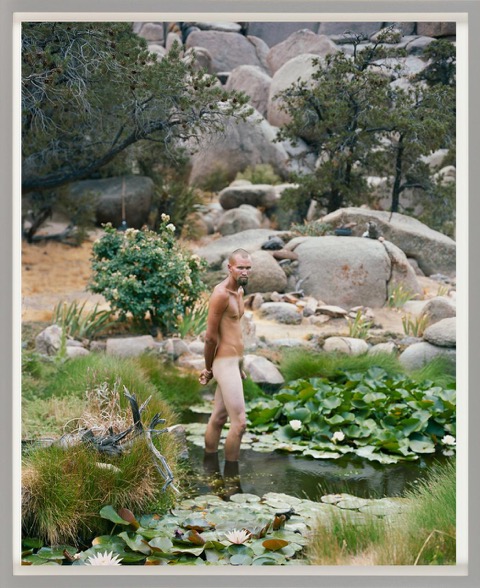
Related: Jeff Dauber on LinkedIn
A selection of artists Jeff collects:
Al Farrow
Alec Soth
Deana Lawson
Travis Somerville
Ricko Leung





